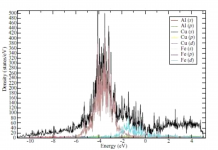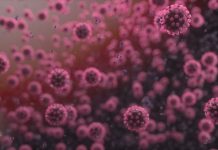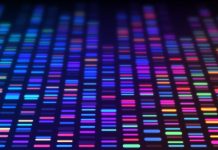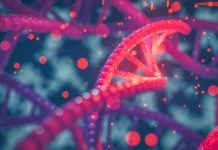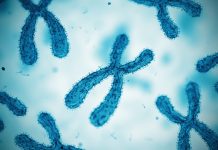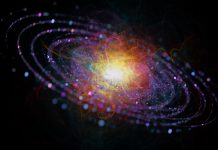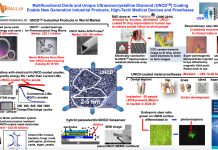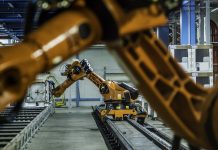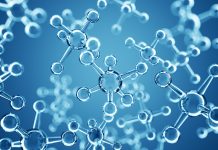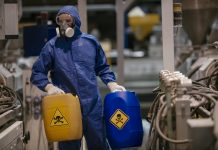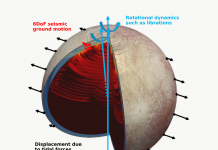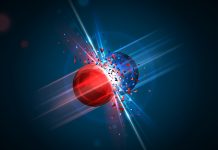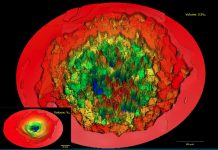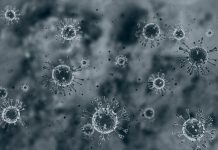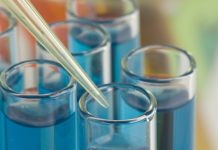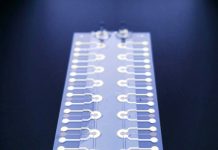Open Access Government produces compelling and informative news, publications, eBooks, and academic research articles for the public and private sector looking at health, diseases & conditions, workplace, research & innovation, digital transformation, government policy, environment, agriculture, energy, transport and more.
Home 2023
Archives
Uncovering the potential for geoscience research in Canada’s North
David Mate, Executive Director of the Northern Canada Division, Geological Survey of Canada, shares how the GEM-GeoNorth program is using geoscience research to improve the quality of life for Canadians.
The spikiness of the density of states in quasicrystals
The spikiness of the electronic density of states in quasicrystals is believed to be inherent to QCs and so-called approximants (APs) to QCs.
The potential of microparticles for active surveillance of infectious diseases
Emmanuel Kifaro from the SACIDS Foundation for One Health, and College of Veterinary Medicine and Biomedical Sciences, Sokoine University of Agriculture, Tanzania, details the potential application of microparticles for active surveillance of viral infections from non-invasive animal matrices.
The link between gene expression and machine learning
Professor Y-h. Taguchi uses tensor decomposition to identify genes associated with altered gene expression caused by drug treatment.
Exploring digital twins and structural vibration in collaborative research
Claus H. Ibsen, PhD, the Group R&D Director at Vestas aircoil A/S, and Professor Atul Bhaskar from the University of Southampton (currently at the University of Sheffield) discuss their collaboration and funding in their Horizon Europe project on structural vibration.
Genetic coding: Roots of genetic readout in nucleic acid structural duality
Charles W. Carter, Jr, from the Department of Biochemistry and Biophysics, University of North Carolina at Chapel Hill explores the roots of genetic readout in the inherent structural duality of DNA and how genetic coding expanded its potential, enabling life to emerge.
RNA molecule signature diagnosis could revolutionize personalized medicine
Professor Michael Levin from Imperial College London argues that in the DIAMONDS project, there has been a breakthrough response in personalized medicine via RNA molecular signature diagnosis.
Making fair data a reality for photons and neutrons
Andy Götz, the coordinator of PaNOSC for ESRF, looks at FAIR data – an initiative to deliver research data to the scientific community to use.
Policy recommendations for Japan towards achieving labour CRS/ RBC
The government’s current policy can be improved. Therefore, it is an urgent task to create an overarching policy vision to help Japan on its journey towards Labour CSR/RBC.
Ultrananocrystaline diamond (UNCD™) coatings for new generations high-tech/ medical devices/prostheses
Materials science, integration strategies, properties and more for the unique biocompatible Ultrananocrystalline Diamond (UNCD™) coating.
Kinematic redundancy: Kinetics for use with redundant manipulators
Kousuke Okabe, an Associate Professor in the Department of Electrical and Computer Engineering, explores kinematic redundancy and the redundant manipulator using the Grassmann algebra.
The idea of self-organisation in biology and its critics
Using the example of Alan Turing’s paper on morphogenesis, Ute Deichmann at Ben-Gurion University of the Negev explores self-organisation in biology.
Real-time monitoring to reduce the risks of nuclear radwaste repositories
Despite the immense potential benefits of nuclear power, many people are concerned about the dangerous radioactive waste, or radwaste, it generates.
Pioneers project: Looking inside planetary interiors
PIONEERS European project develops the next generation of instruments that will reveal planetary interiors, explains Professor Raphael F. Garcia from ISAE-SUPAERO.
The 3d structure of hadrons and origin of the proton’s spin
The Fundamental Pieces of Visible Matter: Offering an Unprecedented Insight into the 3D Structure of Hadrons and the Proton Spin Puzzle.
Naplife: Nanotechnology with a perspective on nuclear fusion
Biró. Tamás Sándor a research professor at the Wigner RCP in Budapest, Hungary, discusses using nuclear fusion as a primary energy source in his project ‘NAPLIFE’.
How entrepreneurship and industry saved COVID fighting nanotechnology?
Here Thomas J. Webster, Ph.D. explores how Nanotechnology was crucial in the battle against COVID-19 and how entrepreneurship helped it thrive.
Kernel Tensor Decomposition can improve the drug discovery process
Kernel tensor decomposition and its use in drug discovery for SARS-CoV-2 was vital, however, due to its general method, it has the potential to be used for a wide range of future problems.
Microbes on a chip: How microfluidics can help us better understand and engineer electroactive...
Electroactive microbes exchange electrons with their environment for survival.
All fibers are not created equal: The microbiome, postbiotics, and pet health
The gastrointestinal microbiome comprises trillions of bacteria, and is a vitally important organ with wide ranging effects on pet health.


